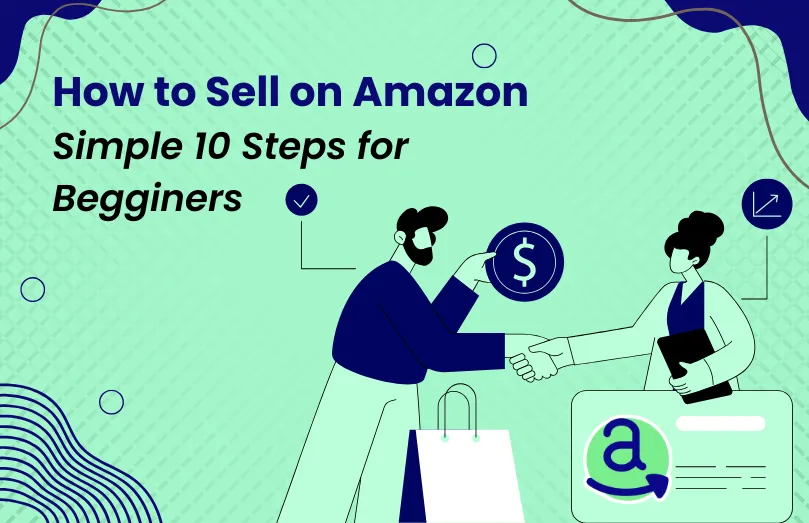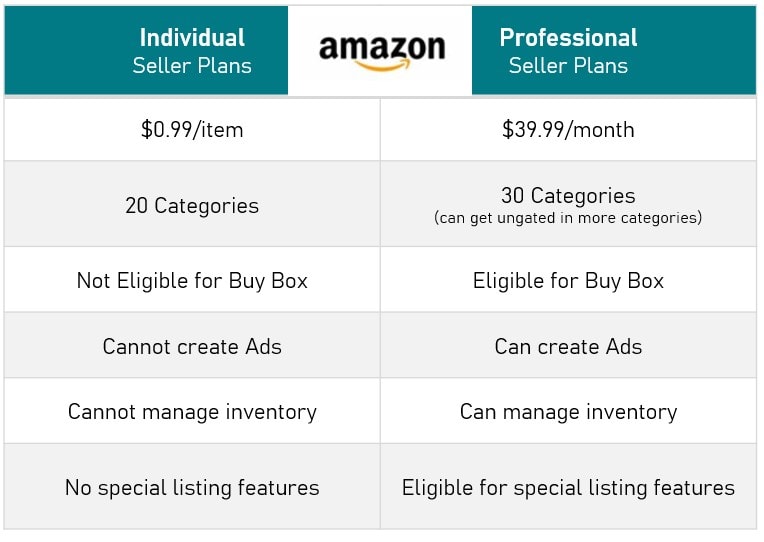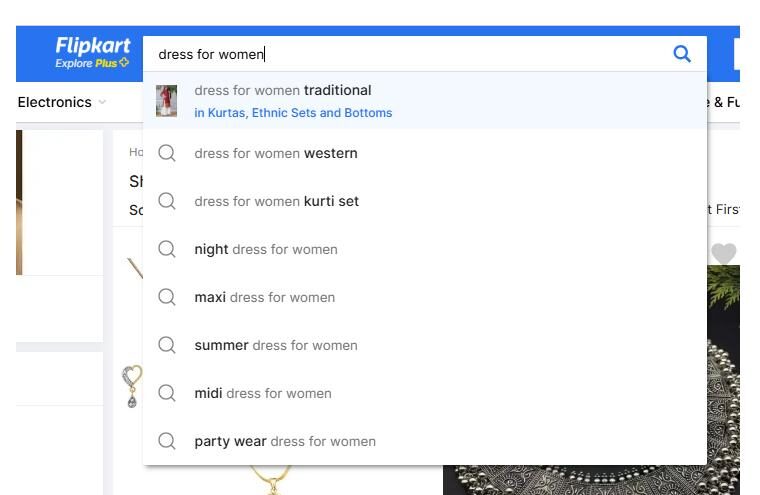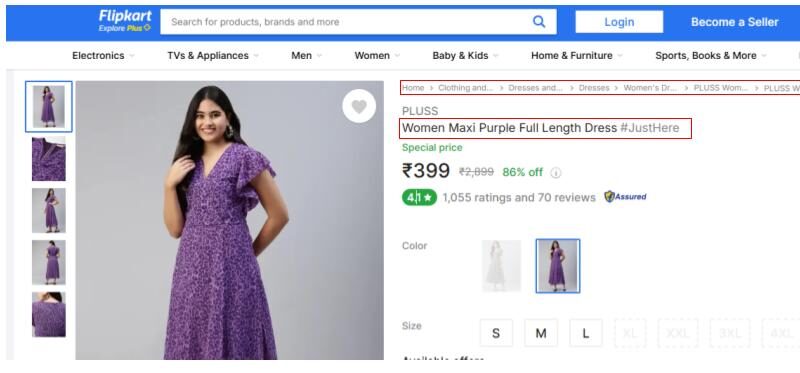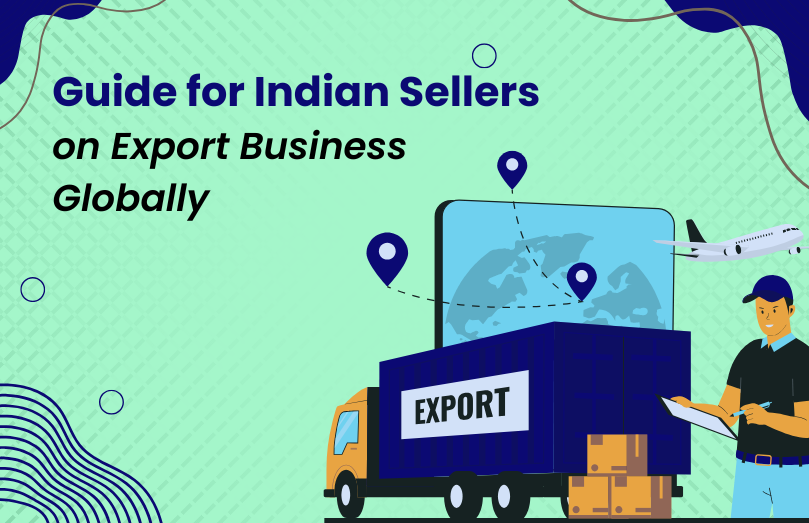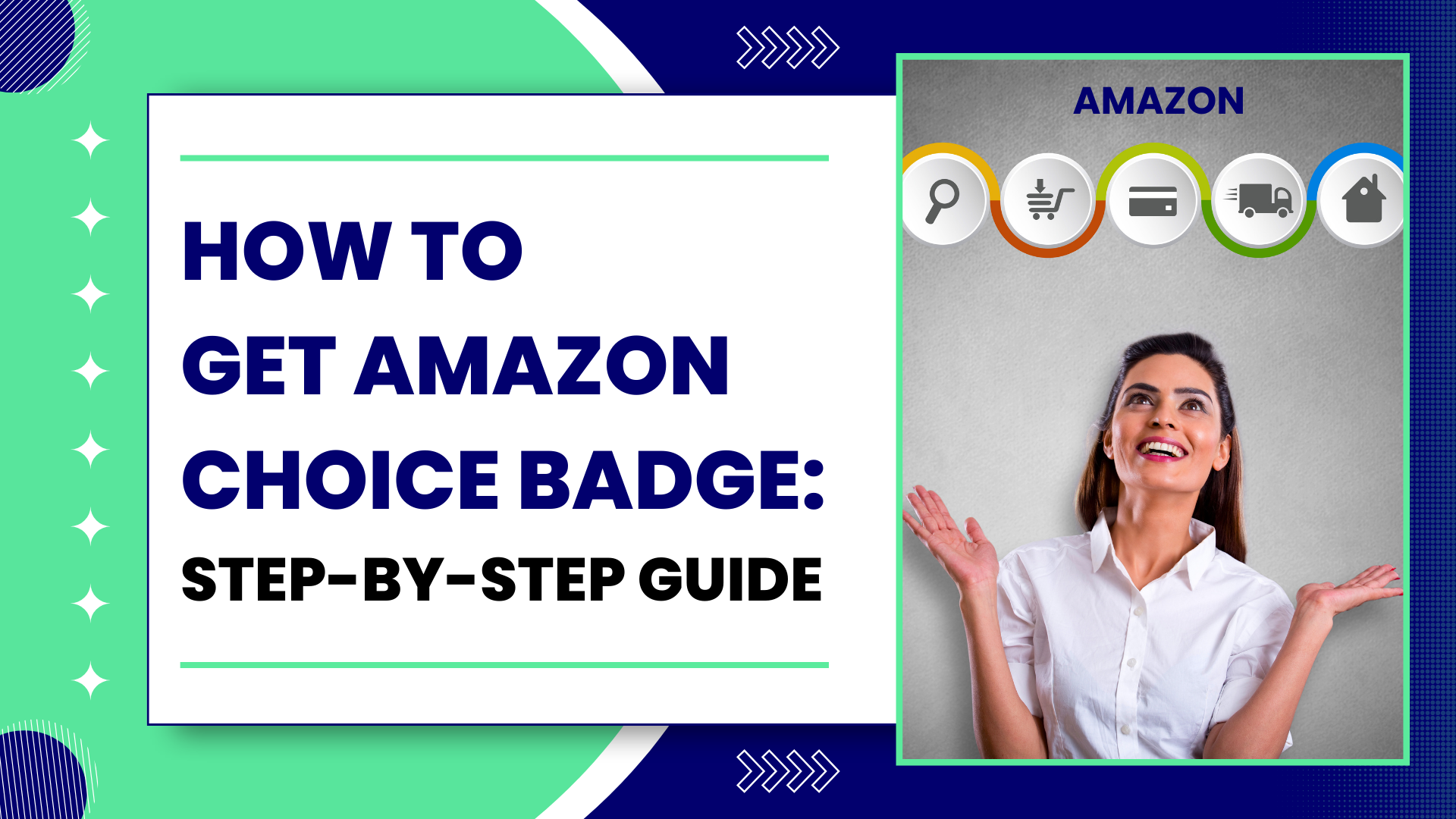Selling on Amazon is exciting, indeed! But to say the least, it is a full-time job with never-ending moving parts.
Product listings, ad campaigns, policy updates, customer expectations, and expectations—an experienced seller or two can find themselves stuck in it all! And if you are new to it all, it’s a suffocating feeling waiting to grip you before making your very first sale.
Here’s Where HRL Infotech Steps in
We aren’t just any agency—we’re Jaipur’s trusted Amazon marketing agency, which provides sellers like you a smarter way to grow on Amazon. Our data-driven strategies and full-service approach will help lift the burden off your shoulders so you can focus on what you want: building your business.
1. Streamline Your Operations with Amazon FBA
Consider it right now if you are not leveraging Fulfillment by Amazon FBA yet. Why? In essence, FBA is Amazon’s way of saying, “Hey, we will do the packing, shipping, and customer base service for you.”
Doesn’t that sound great?
At HRL Infotech, we ensure you get started with FBA and integrate it with your marketing thrust. The intention is to make your business a smoothly running machine so you can put your heart into growing it instead of worrying about logistics.
2. Marketing Made on Data, Not Assumptions
You won’t drive your car with your eyes shut, so why market your products without a working plan?
Our team creates a data-driven Amazon marketing strategy that matches your brand’s unique goals. We look at the numbers, analyse what is working and what is not, and build a promotional plan that will bring results.
Whether it is Sponsored Products, Sponsored Brands, or Display Ads, we will assist you in making the best use of every rupee spent and support it with constant analytics.
3. Product Listings That Sell
A product page is more than just a description; it is your digital storefront. And in a marketplace as competitive as Amazon, impressions mean everything.
HRL Infotech helps creatives optimize their product listings through the highest-ranking keywords, compelling product copy, and Enhanced Brand Content (EBC) to narrate their stories.
We don’t just set it and forget about it- we keep evolving your listings as per trends, feedback, and buyer behavior to keep your brand relevant and sales-ready.
Professional amazon account management services to boost sales
4. Smarter Amazon Ad Campaigns, Every Time
Just throwing money at the ads, hoping for a result? That’s not how we roll.
Our experts put together finely targeted Amazon ad campaigns, ensuring your products reach the appropriate audience at just the right moment without splurging.
Using an intelligent approach that mixes keyword targeting, retargeting via display ads, and real-time performance tracking, we convert clicks to traffic and then to adoring customers, leveraging the full power of Amazon advertising.
5. Full-Service Amazon Account Management = Less Stress, More Sales
Selling on Amazon goes beyond pretty listings and catchphrases. It involves ensuring compliance, tracking customer feedback, maintaining healthy inventory levels, and reacting quickly to drastic changes.
Our Amazon account management services take care of the day-to-day chaos. From backend operations to troubleshooting Amazon’s strict policies, we’ve got your back—so you can focus on scaling your business instead of putting out fires.
As a full-service Amazon agency, we handle everything, so you don’t have to.
6. Your Brand, Your Amazon Store
Think of your Amazon Store as your online flagship. It is where customers connect with your brand and view your entire product catalog.
We’ll work alongside you to design a slick yet user-friendly store-own voice, encourage engagement, and foster credibility. Clean design, smart product placement, consistent branding—all that says, “We mean business.”
7. Strategies Aligned with Your Business Goals
We never make cookie-cutter plans. Every brand is different, and so should its Amazon business growth strategy.
Anything you do, be it increasing sales, introducing a new product, or entering new markets, is customized around your long-term business objectives. And yes, you get regular performance updates. You remain in the loop.
8. Why HRL Infotech is Your Go-to Amazon Agency in Jaipur
That is the differentiator: we share in your success like our own.
At HRL Infotech, we combine years of Amazon practical expertise with a team that believes strongly in the power of data for making informed decisions.
We support your growth through end-to-end solutions, from product optimization to complete Amazon account management. To name a few:




Whether you’re at square one or ready to leap toward scaling, we’re here to support you.
Powerful Amazon Journey Empowered
At HRL Infotech, we consider ourselves more than just service providers; we are partners toward growth.
Going through complications should be a burden lifted from your shoulders so that you can focus on developing a healing brand.
Equipped with our expert Amazon account management service in Jaipur, everything will be in your favor to rise above and prosper in the marketplace.
Professional amazon account management services to boost sales and maximize profits

